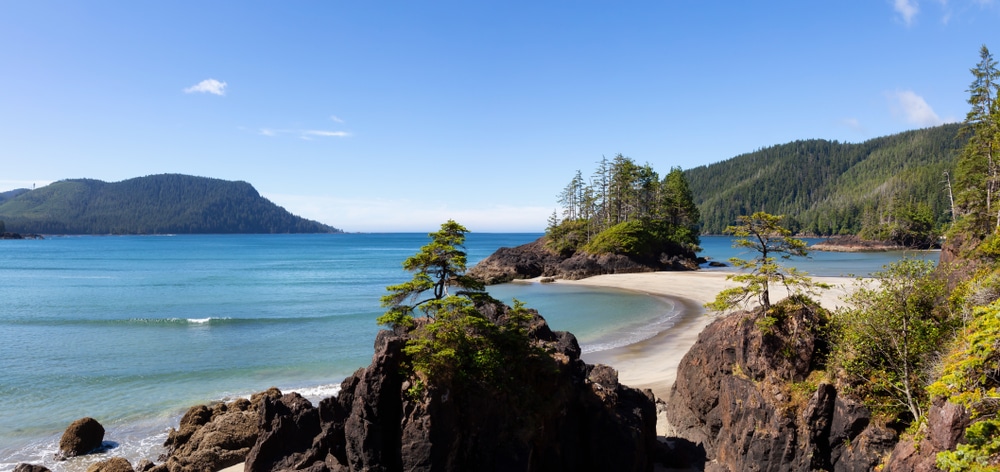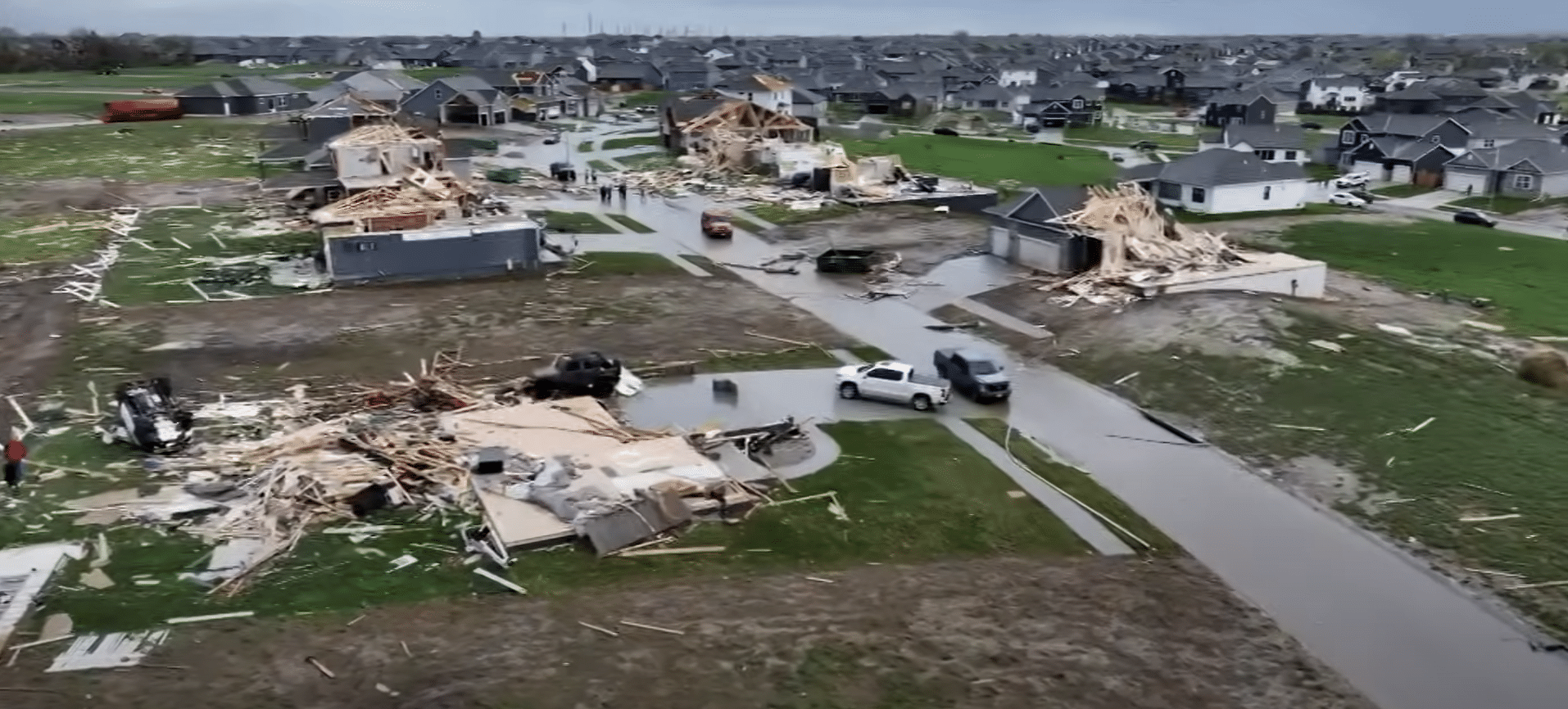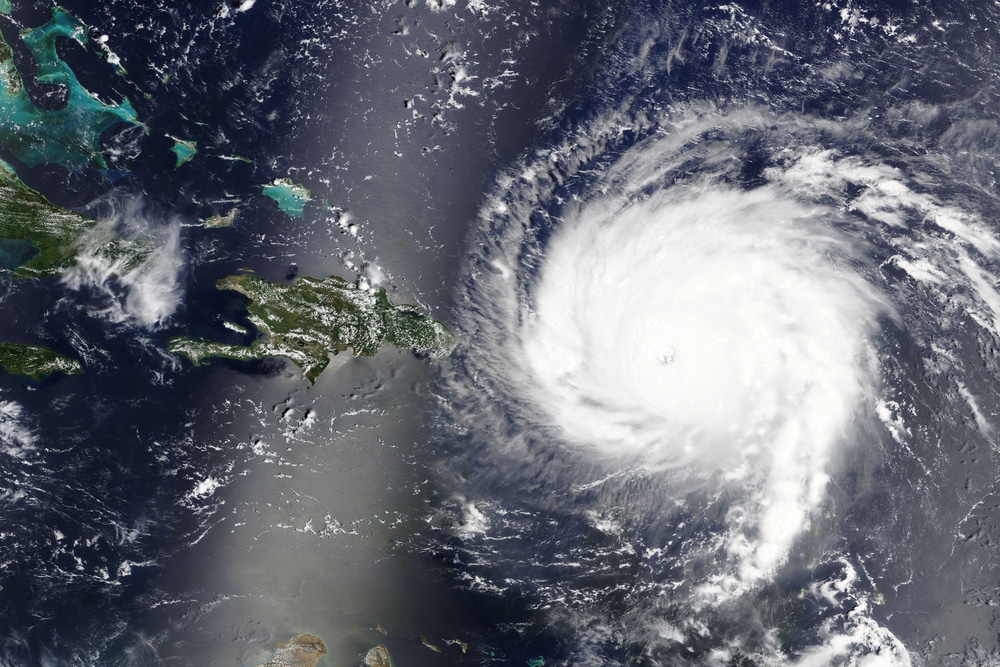Almost 2,000 earthquakes rocked a spot off the coast of Canada in a single day earlier this month, which could be a sign that new oceanic crust is about to be birthed via a deep sea magmatic rupture.
The quakes aren’t any threat to people. They’re relatively small and centered on a spot called the Endeavour site, about 150 miles (240 kilometers) off the coast of Vancouver Island.
This spot hosts a number of hydrothermal vents and sits on the Juan de Fuca Ridge, where the ocean floor is spreading apart. This area is separate from the subduction zone — a region where one tectonic plate is sinking into the mantle underneath another plate — closer to the coast that can create large, destructive earthquakes, said Zoe Krauss, a doctoral candidate in marine geophysics in the University of Washington.
“Mid-ocean ridges aren’t actually capable of producing that large of earthquakes, not too far above a magnitude five,” Krauss told Live Science. “This is not going to trigger ‘the big one’ on the subduction zone.”
The quakes are interesting scientifically because they can reveal details about how the ocean floor pulls apart and new crust forms, Krauss said. At the Endeavour site, the Pacific plate and the Juan de Fuca plate are pulling apart.
This stretching creates long, linear fault lines and thins the crust, enabling magma to rise up. When the magma reaches the surface, it cools and hardens, becoming new ocean crust.
The Endeavour site is monitored continuously as part of the North-East Pacific Time-series Undersea Networked Experiments (NEPTUNE), run by Ocean Networks Canada. Since 2018, the region has become more seismically active, Krauss said.
On March 6, however, the activity went wild, with at least 200 small earthquakes shaking the seafloor per hour. In all, the researchers detected about 1,850 quakes in a single day.
“The vast majority are less than magnitude one. They’re these little pops,” Krauss said. “But it’s pretty cool because it allows us to track where things are happening, where things are breaking and where things are moving around.”
Krauss said the most likely reason for the quakes is that the seafloor is stretched to its maximum extent and has built up a great deal of stress. At the Endeavour site, this happens when the plates pull apart by about 3.3 feet (1 meter), she said, and the stress is ultimately relieved when magma rises up into the thinned crust and cools.

















